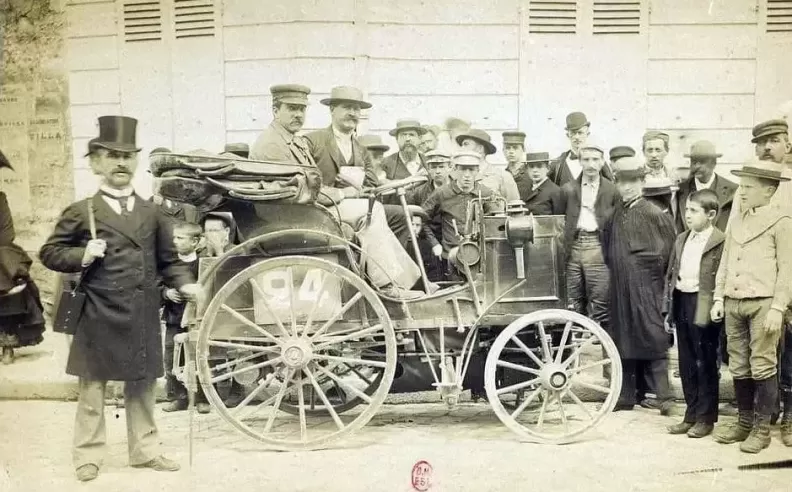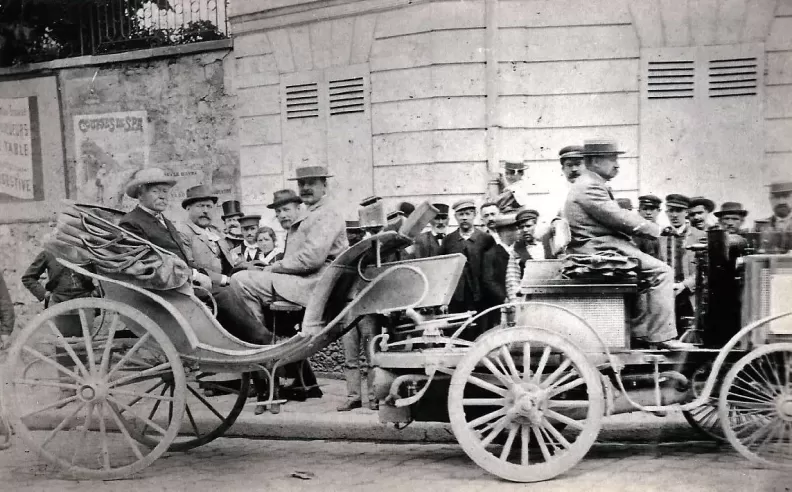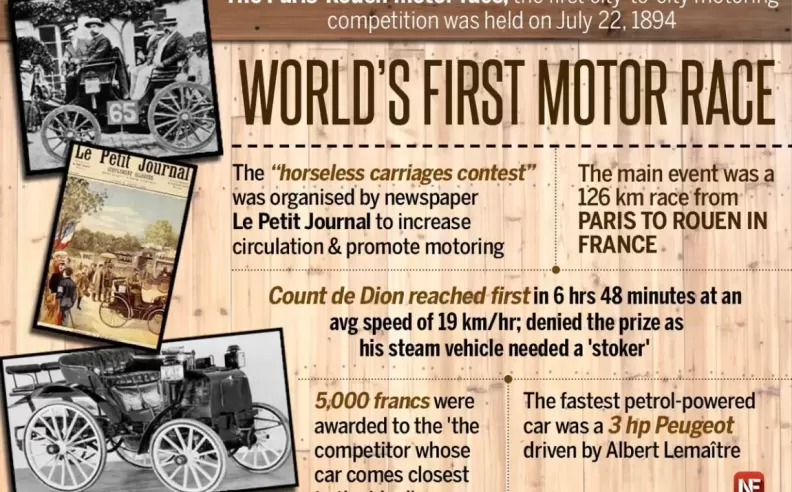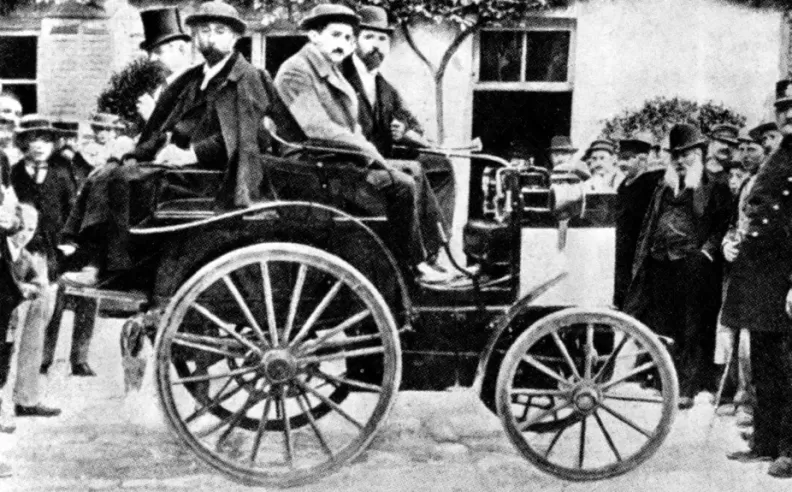
In the annals of automotive history, one event stands as a pivotal moment—the first ever automobile race. This groundbreaking event, which took place more than a century ago, marked the birth of competitive motorsports and set the stage for the adrenaline-fueled races we witness today. Join us as we embark on a journey back in time to explore the fascinating story of the inaugural automobile race that changed the course of transportation forever.

The year was 1894, and the birth of the automobile era was still in its infancy. The French newspaper Le Petit Journal, recognizing the growing interest in this revolutionary mode of transportation, decided to organize a historic event—the Paris-Rouen race. The aim was to showcase the capabilities of these newfangled machines and determine their practicality and potential for the future.
Overwhelmingly, the participants in this inaugural race were steam-powered vehicles, as gasoline-powered automobiles were still relatively rare. The race attracted a motley crew of 21 horseless carriages, including designs by esteemed pioneers such as Karl Benz, Gottlieb Daimler, and Emile Levassor. Each vehicle varied significantly in terms of design, power, and technological advancements, setting the stage for a truly diverse and exciting competition.

On July 22, 1894, the streets of Paris were abuzz with anticipation as spectators gathered to witness history in the making. The racers, resplendent in their gleaming machines, were poised for a remarkable journey. Among them, the favored contender was Count Jules-Albert de Dion, driving a steam-powered vehicle with advanced engineering for the time.
As the starting flag was waved, the race commenced, and the participants embarked on a grueling and challenging journey. The event, however, proved to be more than just a test of speed. The vehicles faced numerous obstacles, including steep hills, treacherous road conditions, and technical malfunctions. Along the route, spectators lined the streets, marveling at the ingenuity and audacity of these mechanical marvels.
The race covered a distance of approximately 127 kilometers from Paris to Rouen. The route was carefully planned, with checkpoints established to ensure adherence to a set of rules that included maintaining a minimum average speed and overcoming various obstacles along the way. This course was a testament to the organizers' desire to push the limits of these new vehicles while highlighting their potential for practical use.
After a grueling 10 hours and 48 minutes, the first vehicle, driven by Count Jules-Albert de Dion, crossed the finish line to the jubilation of the crowd. However, the true spirit of the event lay in celebrating the progress and potential of the emerging automotive industry rather than focusing solely on individual victory. The race captured the imagination of the public, sparking widespread interest in automobiles and laying the groundwork for the motorsports culture that thrives today.

The Paris-Rouen race of 1894 marked a significant turning point in the history of transportation. It demonstrated the viability and potential of automobiles as a mode of transport, ultimately leading to the widespread adoption of gasoline-powered vehicles. The race's success spurred further technological advancements, fueling competition among manufacturers to build faster, more efficient cars.
Moreover, the race laid the foundation for the rise of motorsports as a global phenomenon. The spirit of competition and the pursuit of speed and innovation that began that fateful day in 1894 continue to drive the automotive industry to this day. From Formula 1 to NASCAR, the thrill of racing has become deeply ingrained in our collective consciousness, providing entertainment and pushing the boundaries of automotive engineering.

Wael is an automotive content writer specializes in creating written content for Motor 283. Producing a wide range of content, including blog posts, articles, product descriptions, reviews, and technical guides related to cars, trucks, motorcycles, and other vehicles, with an unprecedented passion for cars, and motorcycles.